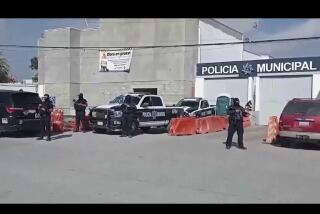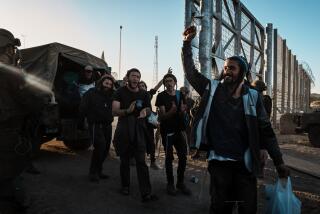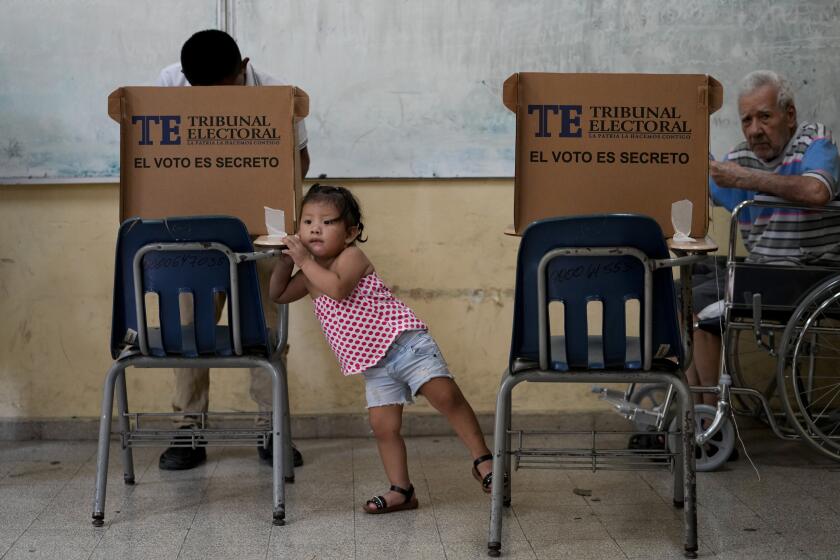South Bronx Becoming Hot Market
The South Bronx, known in the 1970s for such violent crime and decay that one area police station was nicknamed “Fort Apache,” is becoming a hot real estate market, with brownstones approaching $500,000.
Mott Haven, a neighborhood just south of Yankee Stadium, is the most sought-after area, with long blocks of brick town houses and brownstones of the type that cost $2 million or more in Brooklyn Heights, across the East River from Wall Street.
“It’s hard to find this kind of home at this price anywhere in the city,” said Elizabeth Wood, 37, who bought a $495,000 town house on Alexander Avenue last summer with her husband and four children. “It’s worth every cent because we’re really going to live in this home.”
The resurgence in the South Bronx, which presidential candidate Ronald Reagan described 25 years ago as looking “like a bombed-out city,” is part of the growing interest in New York’s outer boroughs. With prices of two-bedroom apartments in Manhattan now averaging $1.5 million, new residents are discovering Brooklyn, Queens, Staten Island and the Bronx.
The once-industrial Greenpoint and Williamsburg sections of Brooklyn have become chic, said Barry Hersh, assistant director of Baruch College’s Newman Real Estate Institute. Warehouse-dominated Long Island City in Queens, across the East River from midtown Manhattan, has become “a residential community big-time,” he said.
The Bronx, the northernmost of New York City’s five boroughs, extends from the Hudson River to Long Island Sound. It contains a diversity of neighborhoods, including Riverdale, the onetime residence of Mark Twain and Theodore Roosevelt.
It is home to Fordham University, the Bronx Zoo, the New York Botanical Garden and Yankee Stadium.
The South Bronx suffered following World War II from so-called white flight to the suburbs, deteriorating public services, crime and more, said Fred Siegel, a historian at Cooper Union in New York.
These trends were made “much worse” by the building of the Cross-Bronx Expressway in the 1950s, which cut off the South Bronx from neighborhoods to the north, said Siegel, co-author of “The Prince of the City,” a biography of former New York Mayor Rudolph Giuliani. Then in the 1960s, he added, the construction of Co-Op City, the largest residential development in U.S. history at the time, provided middle-class whites with an easy place to flee.
The area acquired international infamy with the release of “Fort Apache, the Bronx,” a 1981 film starring Paul Newman that portrayed the neighborhood as a war zone.
The community’s recovery began in the early 1980s, seeded by city programs designed to replace abandoned, burned-out tenement hulks with town houses, Hersh said. The programs used government subsidized mortgages to make them affordable, he said.
Today, the median family income in the South Bronx remains less than half the citywide median of $42,232, according to the 2000 U.S. Census.
Crime is down. The 40th police precinct recorded eight homicides each in 2004 and 2003, down from 70 in 1993. Through July 24, there were three, according to police.
The median price for a three-family home in the South Bronx more than doubled to $360,000 from 1998 to 2004, according to New York University’s Furman Center for Real Estate and Urban Policy.
More to Read
Start your day right
Sign up for Essential California for news, features and recommendations from the L.A. Times and beyond in your inbox six days a week.
You may occasionally receive promotional content from the Los Angeles Times.






